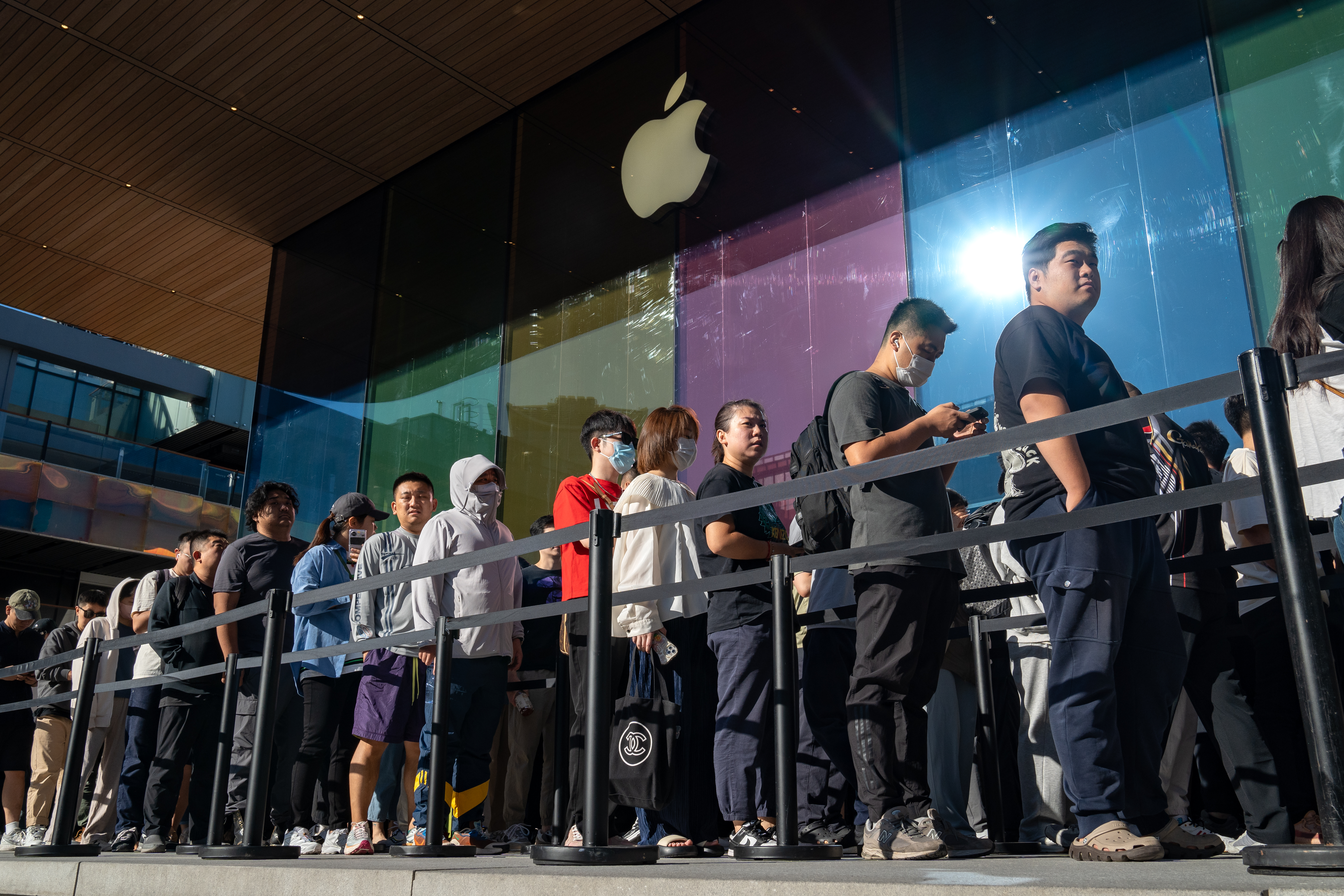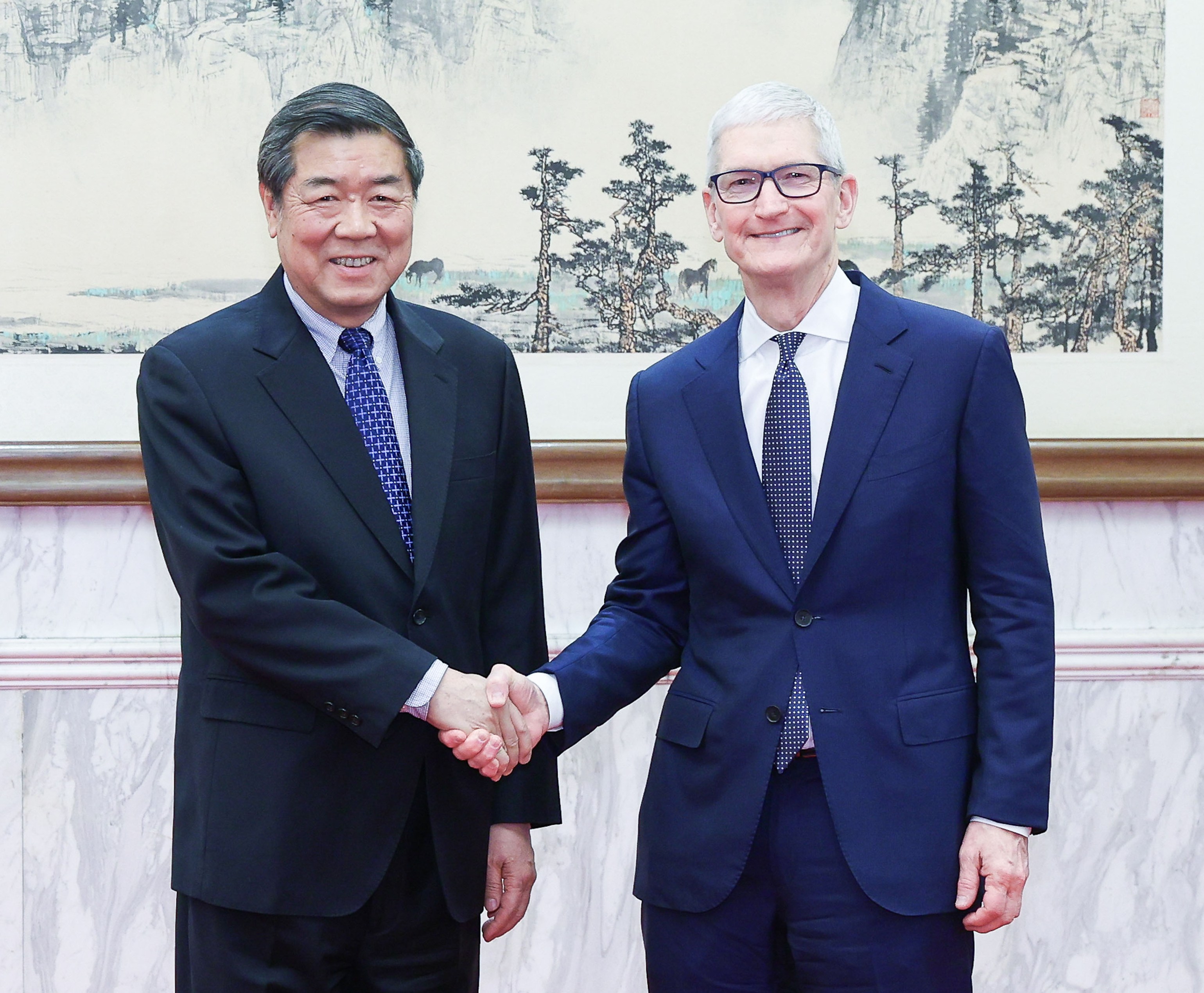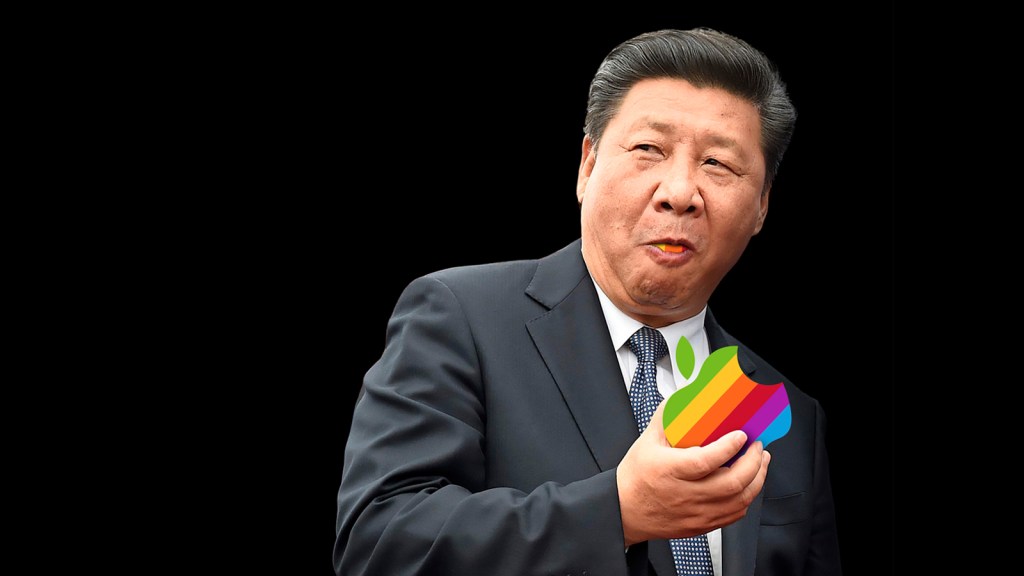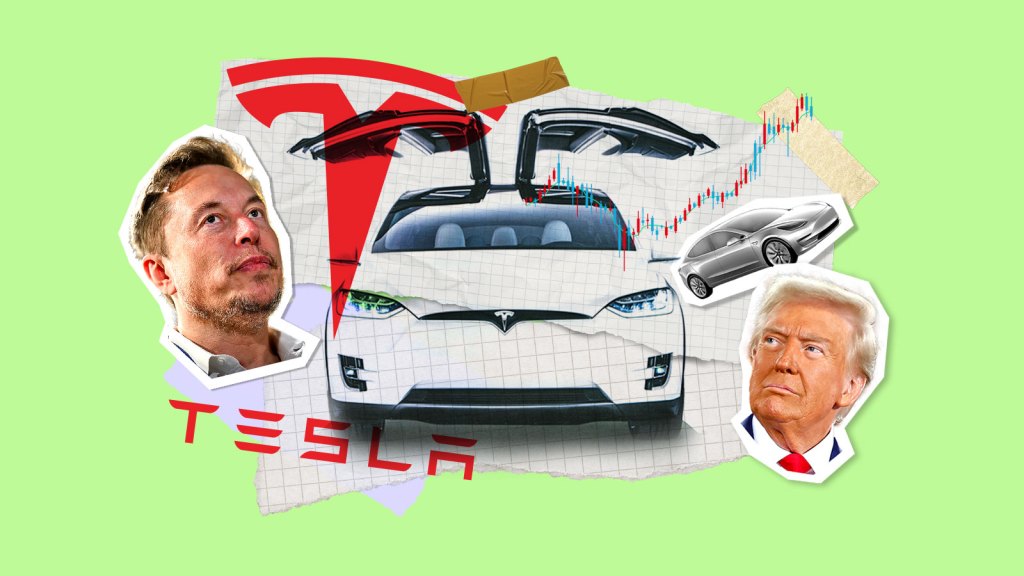Apple’s Role in China’s Technological Rise and Its Impact on US Relations
In a surprising shift, President Trump transitioned from imposing severe tariffs on global trading partners to offering a temporary 90-day reprieve, with China being the notable exception as it faced even more substantial tariffs.
Just days later, however, exemptions were granted on certain electronic imports, notably smartphones and computers, aiding American tech firms reliant on Chinese fabrication.
The rapid change in Trump’s stance can largely be attributed to Apple, the world’s most valuable company, which saw a staggering loss of nearly $800 billion in market value within just a week. While many businesses felt the impact, none parallels Apple’s significant ties to China, where 90% of its global production is based alongside a $70 billion retail market.
Reports suggest that Tim Cook, Apple’s CEO since 2011, reached out to the White House advocating for tariff exemptions. However, this turnaround seems more influenced by China’s control over Apple’s operations than Cook’s diplomatic efforts.
Prior to this shift, Trump’s administration had expressed confidence in relocating iPhone manufacturing to the United States. Still, the U.S. lacked the necessary workforce skills, population density, competitive wages, and infrastructure to effectively produce such complex devices. Two weeks later, Apple announced plans for U.S. sales of iPhones to be assembled in India by 2026, yet it remains unlikely that Apple will abandon China.
Indeed, Apple’s identity is intertwined with China. No other country can match the combination of quality, scale, and adaptability needed for Apple to ship millions of luxury products annually.
However, the narrative surrounding Apple’s relationship with China has often overlooked the broader implications. Media discussions have largely focused on issues like low wages and labor conditions in factories, including tragedies such as the 2010 suicides at an assembly facility and allegations of forced labor. While these concerns prompted Apple to improve conditions through a supplier responsibility program, they neglect the crucial fact that Beijing’s permissiveness towards Apple was part of a larger strategy to leverage its influence and become a technological superpower.
China’s transformation into a global player was significantly accelerated by Apple’s investments, which outstripped even the Marshall Plan in terms of scale and impact. Since 2008, Apple estimates it has trained around 28 million workers, primarily in China, significantly surpassing California’s entire labor force.
This narrative highlights how Apple’s pursuit of global ambition simultaneously fueled China’s technological and economic ascent.
A Journey to China
Founded in 1976 by college dropouts Steve Jobs and Steve Wozniak in a garage, Apple’s history is well-documented. However, its journey to intertwining with China is often overlooked.

Tim Cook, who joined Apple in 1998, is often given credit for relocating production to China. Yet, Apple had already started specializing with third-party manufacturers in 1996, prior to Jobs’ return. The iMac, pivotal in reviving Apple, was initially produced in South Korea before moving to China.
Apple’s shift to China was driven not solely by cost, but by the potential for innovation. As competition among global electronics suppliers intensified, many were attracted to China for its cheap labor, backed by government policies encouraging multinational corporations.
Realizing the Vision
Before Jobs returned, Apple produced computers using a method designed to minimize errors. The realization that thousands of low-wage workers could intricately assemble products allowed Apple to innovate without constraint. Rather than simply seeking cost savings, Apple sought the capability to refine complex designs.
As demand surged, Apple faced challenges in scaling production, particularly due to its high standards. The company addressed this by sending American engineers to China to mentor and train Chinese workers, ultimately enhancing their skills dramatically. This collaborative approach was unheard of in traditional outsourcing.
Apple’s strategy proved formidable, with profits skyrocketing from just $69 million in 2003 to $41.7 billion by 2012.
Challenges and Backlash
As Xi Jinping rose to power in China in late 2012, Apple’s success began to attract scrutiny. Xi’s administration quickly targeted Apple amidst the perception that the company wasn’t sharing its wealth.
In 2013, soon after Xi’s leadership began, criticism of Apple’s warranty policies arose, leading to a public backlash influenced by state-run media, causing sales to plateau and even decline.
Apple’s Strategic Adaptation
The media onslaught revealed vulnerabilities in Apple’s supply chain. While other tech firms had faced challenges in China, Apple’s dependency on the country created a unique predicament. Unlike its rivals, Apple’s success was inextricably linked to its operations in China.
In response, Apple formed a dedicated team, nicknamed “the gang of eight,” to navigate the complexities of operating in China, emphasizing the need to clearly communicate Apple’s contributions to the local economy.
As regulatory landscapes evolved, Apple’s operational strategies faced intense scrutiny. New labor regulations challenged existing practices, while allegations of underreported sales led to financial penalties in China.
The Apple Supply Chain Dilemma
Amidst ongoing challenges, Apple continued sending its top engineers to China, solidifying a partnership that was both beneficial and demanding for local suppliers. Organizations reluctantly accepted their circumstances, recognizing the knowledge gained outweighed the costs.
As Apple wrestled with political pressures, insights emerged suggesting that the company was unintentionally aligning its practices with China’s ambitions for innovation. Ultimately, Apple’s contributions to Chinese industry culminated in investments exceeding $55 billion a year by 2015.
A New Era of Chinese Innovation
The impact of Apple’s investments played a crucial role in advancing the Chinese smartphone sector. Once dominated by international brands, local manufacturers like Huawei and Xiaomi rapidly gained market presence by leveraging skills acquired through their relationships with Apple.
When Tim Cook and senior executives visited Chinese leadership in May 2016, they positioned Apple as a pivotal player in fostering local industries through knowledge transfer. This narrative resonated in a country striving for greater technological and industrial independence.

Looking Ahead: The Future of Apple in China
Today, Apple remains heavily reliant on Chinese manufacturing, with shifts to other regions primarily addressing assembly concerns. The reality is that Apple’s dependence stems not just from operational advantages found in China, but from the capabilities and intricate ecosystem developed there over decades.
As geopolitical tensions rise, the implications of Apple’s vast investments in China present a complex challenge for the company and the U.S. government, marking a significant turning point in international technology relations.




Post Comment